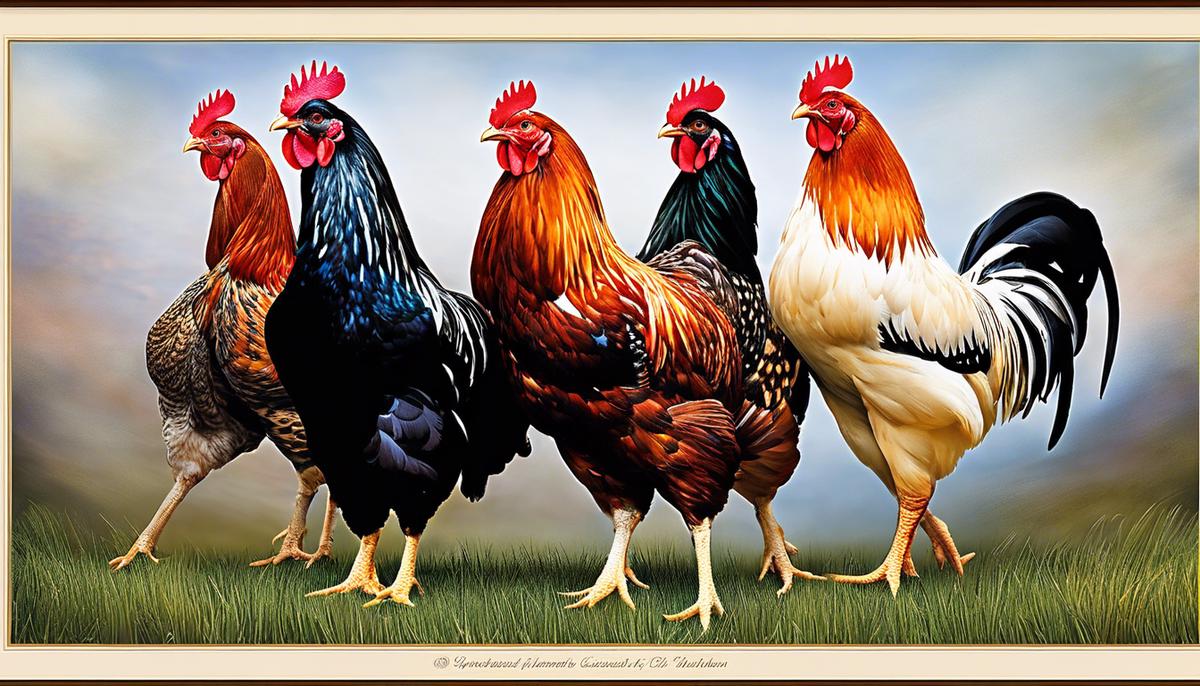

Agridisk
Egypt - Alexandria
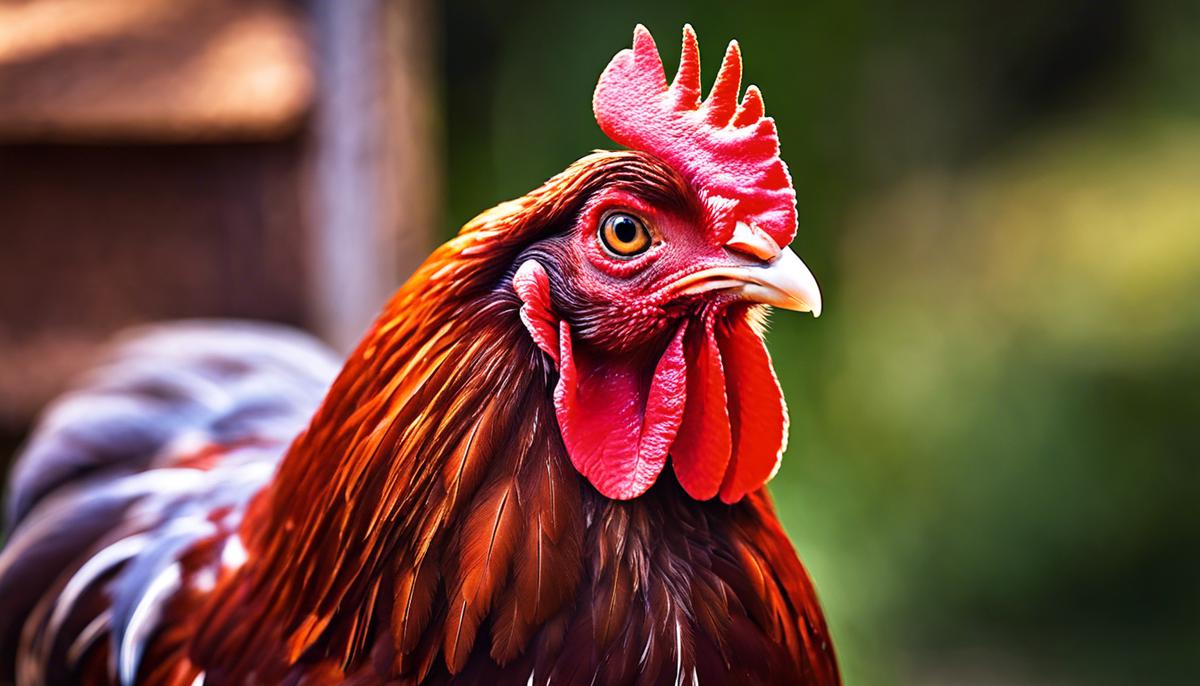
Best laying chickens for eggs & best laying chickens for beginners
Description: If you're considering the rewarding hobby of chicken keeping, odds are you're particularly interested in one aspect - egg laying. After all, who wouldn't enjoy a fresh supply of home-grown eggs right from their own backyard? But when it comes to egg-laying prowess, not all chickens are created equal. Some breeds are known for their reliable and prolific laying, as well as their ease of care and hardiness. We'll be taking a closer look at some standout breeds including the above average Rhode Island Reds, the heavy-hitting Production Reds, and the impeccable White Leghorns. Firstly, these birds are prolific layers! In the span of a year, an individual hen can produce a staggering 200-300 eggs – an impressive feat indeed! This ravenous laying capacity places Rhode Island Reds at the very top tier of chicken breeds for egg production. Rhode Island Reds aren't just ridiculously efficient egg-machines, they're also renowned for their hardiness. These chickens are designed to weather just about any climate, whether it's the harsh winter chill or summer’s sweltering heat. They thrive where other breeds might barely survive, maintaining a steady stream of eggs all year-round in most climates. Never to neglect the quality over quantity philosophy, Rhode Island Reds lay eggs of excellent size and color. Your standard Rhode Island Red egg is a medium to large size, boasting an appealing uniform brown color. When arranged side by side with eggs from other breeds, these brown beauties often stand out remarkably due to their deep rich pigmentation. Rhode Island Reds are also universally celebrated for their strong degree of adaptability. These birds aren't picky when it comes to housing conditions. Be it a small backyard coop or an expansive free-range paddock, these resilient layers can adjust and thrive under a vast range of living conditions. Furthermore, Rhode Island Reds are known for their surprisingly enduring lifespan. It's not uncommon for these hens to live well into their later years, remaining productive for most of their lives. Far from being just egg-layers, Rhode Island Reds are often described as having "a personality to match their egg-laying prowess." They are known for their calm and friendly disposition, making them a delight to raise for both beginners and seasoned poultry keepers alike. It's clear to see that the Rhode Island Red is an ultimate champion when it comes to laying eggs. Their impressive yearly yield, adaptability to various living conditions, hardiness, egg quality, long lifespan, and delightful character are the driving factors behind their sustained popularity among poultry enthusiasts. No chicken coop feels quite complete without a Rhode Island Red or two! Production Reds, a superb breed for raising backyard chickens and a favorite among hobbyists, are recognized for their prolific egg-laying prowess. But what exactly are the factors that contribute to this bountiful supply? Let's delve into this fascinating subject and uncover the reasons! Firstly, the Production Reds are a crossbreed – a mix of Rhode Island Reds and Rhode Island Whites. This broad genetic pool contributes well to their excellent egg-laying abilities. Their white counterpart has been selectively bred for decades, aiming for optimization in large egg production. Therefore, this effective mix results in the abundance of eggs laid by Production Reds. A significant factor is their feather color. Production Reds flaunt rusty red coloring, which has its advantages. This coloration acts as an effective camouflage against predators, which in return leads to less stress. A stress-free hen often means a hen laying more eggs – it's as simple as that! Production Reds have rapid maturation compared to other breeds. Most chicken breeds begin to lay eggs at around 20-24 weeks, but Production Reds can start at just 18 weeks. The earlier they start their laying cycle, the more eggs the flock owner can enjoy. Notably, Production Reds hold a rather compact physique despite their vibrant egg production. They tend not to put on excessive weight, which is beneficial for egg-laying. When a chicken carries less body mass, it takes fewer nutrients for the chicken's body to maintain itself; these 'saved nutrients' can then be redirected to egg production. The Production Reds are champions when it comes to resourcefulness. Living off the land, they are excellent foragers, reducing their reliance on supplementary feed, but their productivity is not compromised. They lay large brown eggs consistently, even with a diet less rich than the feed-reliant chickens. Finally, let's appreciate the Production Reds' dedicated laying habits. Unlike many breeds that slow down or stop during winter, the Production Reds continue to lay throughout the colder season. That means you can expect fresh eggs all year round! In conclusion, the Production Reds are a genetic marvel and a clear choice for those hobbyists who are after a prolific egg-laying breed. Their versatile nature combined with their robust egg production makes them a continually high-demand choice for backyard flocks. Shifting focus to another favorite among poultry lovers, let's dive into why the White Leghorn breed really stands out when it comes to laying eggs. Egg-laying champions: First things first, if there's one breed that can give Rhode Island Reds a run for their money in egg-laying, it's the White Leghorns. Known across continents for their egg-laying prowess, these chickens can lay an impressive number of eggs, with average estimates ranging from 280 to 320 eggs annually! Honors for white eggs: When it comes to the color of eggs, Rhode Island Reds are famous for their brown hues. In contrast, White Leghorns are acclaimed for the big, white eggs they lay, which have a market preference in many regions. So, if your preference veers towards white eggs, White Leghorns are a top pick! Designed for the job: Interesting fact - White Leghorns have a light body weight which is an advantage when it comes to egg-laying capacity. Heavy breeds often have lower egg production rates but due to their light weight, leghorns have more energy dedicated to laying. Flourishing in confinement: While we touched on the adaptability of Rhode Island Reds to different housing conditions, the White Leghorns rather thrive in confinement. This trait makes them exceptionally suited for commercial setups where space is often a premium. Tropical resilience: White Leghorns have a special trait - they handle heat better than most other breeds. So, if you live in an area prone to high temperatures, this breed may be more resilient and efficient than others. Modest eaters: With a keen sense for foraging, they also are known for their ability to thrive on less feed, while still maintaining their egg production. For owners, this translates into more savings on feed costs. Year-round production: Similar to the Rhode Island Reds, White Leghorns are stalwart layers, consistently producing eggs throughout the year. However, they often surpass the Reds by starting their laying cycle earlier, right from four to five months of age! However, it’s fair to mention that White Leghorns, due to their active and flighty nature, may not be everyone's favorite when it comes to pet qualities. But remember, if egg production is your primary goal, few breeds can top the White Leghorn's exceptional laying capability. By now, you should have a solid grasp on where to start when it comes to selecting the perfect egg-laying breed for your coop. Understand that each breed, be it Rhode Island Reds with their consistent large egg output, the robust and prolific Production Reds, or White Leghorns with their consistent laying schedule and dignified white eggs, bring something unique to the table. The decision largely depends on your personal preferences, care commitment level, as well as the amount and type of eggs you want. No matter your choice, the joy derived from tending to your chickens and savoring that first freshly laid egg is a reward in itself. Embarking on the adventure of raising backyard chickens can be both exciting and rewarding, particularly for beginners who are looking for a blend of self-sufficiency and companionship from their new feathered friends. Choosing the right breed is a crucial step in ensuring a positive experience, and fortunately, there are several breeds that stand out as ideal for those new to chicken keeping. This guide will explore the characteristics of Plymouth Rock, Rhode Island Red, and Buff Orpington chickens, each renowned for their unique traits that make them not just great layers, but also delightful additions to any backyard coop. When starting a backyard flock, it's like opening the doors to a little barnyard sanctuary. The clucking melody in the morning, the joy of fresh eggs, and the companionship of feathered friends are just the beginning of rewards that come with poultry keeping. But where to begin when selecting the right breed? Look no further than these reliable and affable chicken varieties that are perfect for any budding chicken aficionado. These breeds offer the right cluck for your buck and a delightful dash of barnyard harmony. With their striking plumage and calm disposition, Wyandottes are like the steadfast friends in the flock. They're cold hardy, making them a great choice for chillier climates, and they tend to be great layers of brown eggs. Acting like feathery sentinels, they watch over your backyard serenely. Sporting their iconic barred feathers, Plymouth Rocks are as friendly as they are beautiful. They're one breed that'll happily follow you around the yard in hopes of treats or a friendly pat. Consistency in egg-laying? Check. Adaptable to confinement? Double-check. If there were a teddy bear equivalent in the chicken world, Orpingtons would be it. Their fluffy feathers and gentle nature make them fantastic for families with kids. They're reliable layers of large eggs, and they excel in the art of brooding, often becoming mother hens to more than just their own eggs. With their glossy black feathers that shimmer with a greenish hue in the sunlight, Australorps not only captivate visually but are also prolific layers of light brown eggs. They have a knack for being friendly without demanding too much attention - perfect for a keeper who loves to watch the flock dynamics play out. These are the go-getters of the chicken world. They're hardy, adaptable, and thrive in various environments. As one of the more popular breeds, they're known for their impressive egg-laying prowess, providing a plentiful supply of large, brown eggs. Besides their quirky and unique appearance, Silkies win hearts with their incredibly docile and affectionate nature. They may not be champions in the egg-laying department, but they bring charisma and charm to any flock, and they are known for being exceptional at hatching and caring for chicks. A variant of the Orpington breed, these golden-hued beauties stand out for their mellow temperament. They are remarkably consistent layers and are particularly cold-hardy, making them a resilient option for backyard flocks across diverse climates. If you're looking for a conversationalist in your flock, look no further. Sussex chickens are known to be chatty and interactive with their human caretakers. They were born to lay, providing a steady stream of eggs, and their curious nature makes them delightful companions in any backyard setting. Raising chickens is a journey filled with clucks and feathers, a mix of peaceful coop mornings and the bustle of daily egg collecting. Each of these friendly and dependable breeds brings its own personality and benefits to the coop table. Whether your space is a rural spread or an urban sanctuary, these breeds ensure your foray into chicken keeping will be delightful. So pick your feathery friends wisely, and prepare for the rewarding adventure that awaits with your new backyard companions fluffing their feathers and securing their place as part of your home. Looking to diversify that flock with a hen that will keep the eggs coming and stand up to whatever Mother Nature throws its way? Well, have a gander at these feathered contenders that combine prolific egg-laying with resilience. Leghorns — When it comes to prolific egg layers, Leghorns are a classic. Originating in Italy, these birds are celebrated for their impressive egg-laying prowess, often averaging around 250-300 white eggs per year. They're also known for their hardiness and ability to forage, which can help reduce the feed bill. While they might not be the cuddliest in the coop, their independent nature suits the busy backyard farmer looking for efficiency. Barnevelders — If you're in for a treat when it comes to egg color, Barnevelders step up with gorgeous dark brown eggs. Their double-laced partridge pattern is not only mesmerizing but practical too, offering excellent camouflage in outdoor settings. Hailing from the Netherlands, these birds offer a good balance between egg production and toughness, effortlessly braving the elements. Iowa Blues — Perhaps less known but no less capable, the Iowa Blue is a hardy breed indeed. Not actually blue, but rather sporting a striking patterned plumage, they're excellent foragers and consistent layers. Their history of survival in the wilds of the Midwest is testament enough to their toughness. Hamburgs — If elegant plumage tickles your fancy alongside egg-laying efficiency, then Hamburgs are worth a peep. These smaller-sized birds are as hardy as they are beautiful, with their trademark spangled feather pattern. While their eggs might be smaller, they are produced in great numbers, and their active temperament ensures they're regularly scouring their environment for food, which can help mitigate feeding costs. Welsummers — Lastly, for those who favor a hen that lays a striking terracotta-colored egg with speckles, the Welsummer is an excellent choice. Originating from the Netherlands, these birds are equally robust and reliable layers. They bring a rustic charm to any coop and are known for their good nature and adaptability. In the quest for the ideal backyard chicken, considering a mix of these breeds will not only bolster egg production year-round but also create a hardy, self-reliant flock capable of dealing with whatever comes their way, be it a change in weather or shifting caretaking routines. Embrace the diversity, and may the coop be ever bustling with the cluck and flutter of these feathery stalwarts! For those hooked on the chicken-keeping hobby and seeking bird breeds that stand out in the flock with distinctive traits and behaviors, there’s more to explore beyond the delightful traits of our feathery friends already mentioned. Diving deeper into the chicken universe unveils even more breeds to pique one’s curiosity, with attributes that cater to specific aesthetic preferences, environmental considerations, and productivity goals. So here's a continuation of the chicken breeds to consider for an enriching and diversified poultry experience. When it comes to cultivating a colorful and interactive backyard brood, it’s the diversity that makes the experience truly special. Adding any of these breeds to the flock does more than just provide visual intrigue – it introduces new dynamics, various egg colors, and a tapestry of temperaments that enrich the chicken-keeping journey. Each breed brings its own set of qualities to the barnyard, and they all contribute to the wondrously varied world of poultry. Whether drawn to the brilliance of feather patterns, the joy of multicolored eggs, or the warmth of chicken companionship, embracing these breeds can weave a richer narrative into the hobbyist’s colorful tapestry of avian affinity. Raising chickens is more than just a hobby; it's a step towards a lifestyle that embraces sustainability, nature, and the simple pleasures of watching your flock thrive. The breeds discussed here – Plymouth Rock, Rhode Island Red, and Buff Orpington – offer a fantastic starting point for anyone ready to embark on their chicken keeping journey. With their individual personalities, egg-laying abilities, and suitability for various climates, these breeds are surefire choices to bring joy, entertainment, and a sense of accomplishment to novice poultry keepers. May your journey into chicken keeping be filled with the clucking and bustling of a happy, healthy flock.Best laying chickens for eggs & best laying chickens for beginners
Best laying chickens for eggs
The Reliable Rhode Island Red
When it comes to laying eggs, the Rhode Island Red chicken simply can't be beat. On a frequent basis, veteran poultry keepers swoon over the Rhode Island Red's exceptional egg-laying prowess and it's easy to see why.
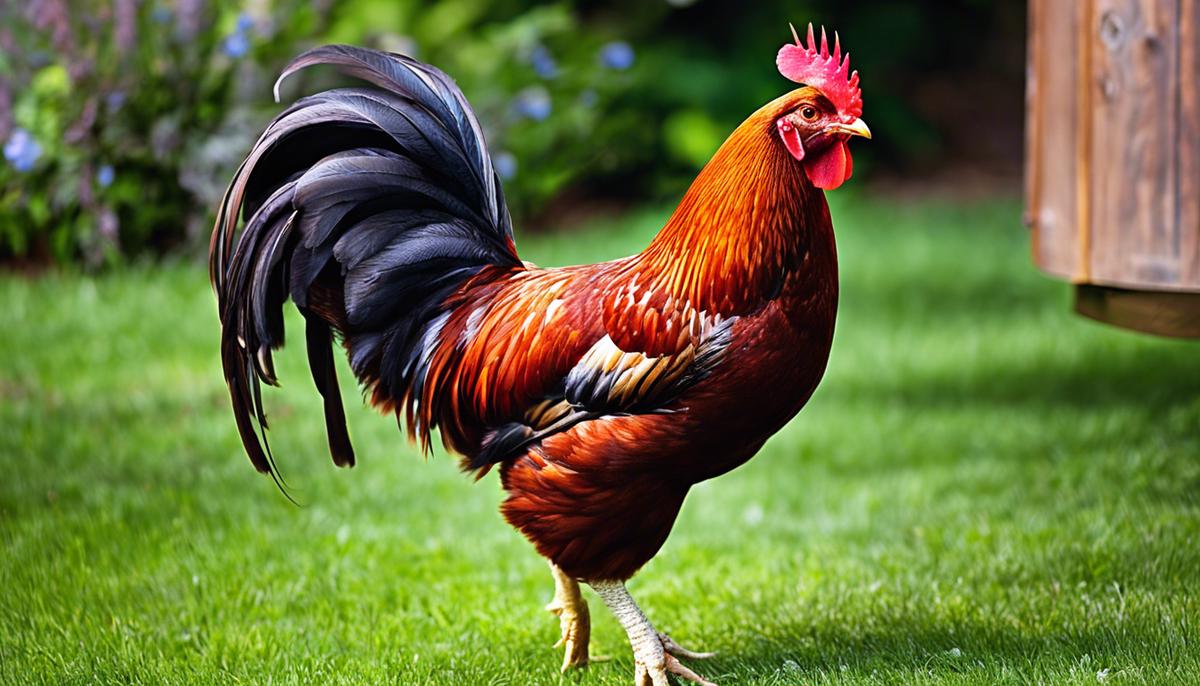
The Prolific Production Reds
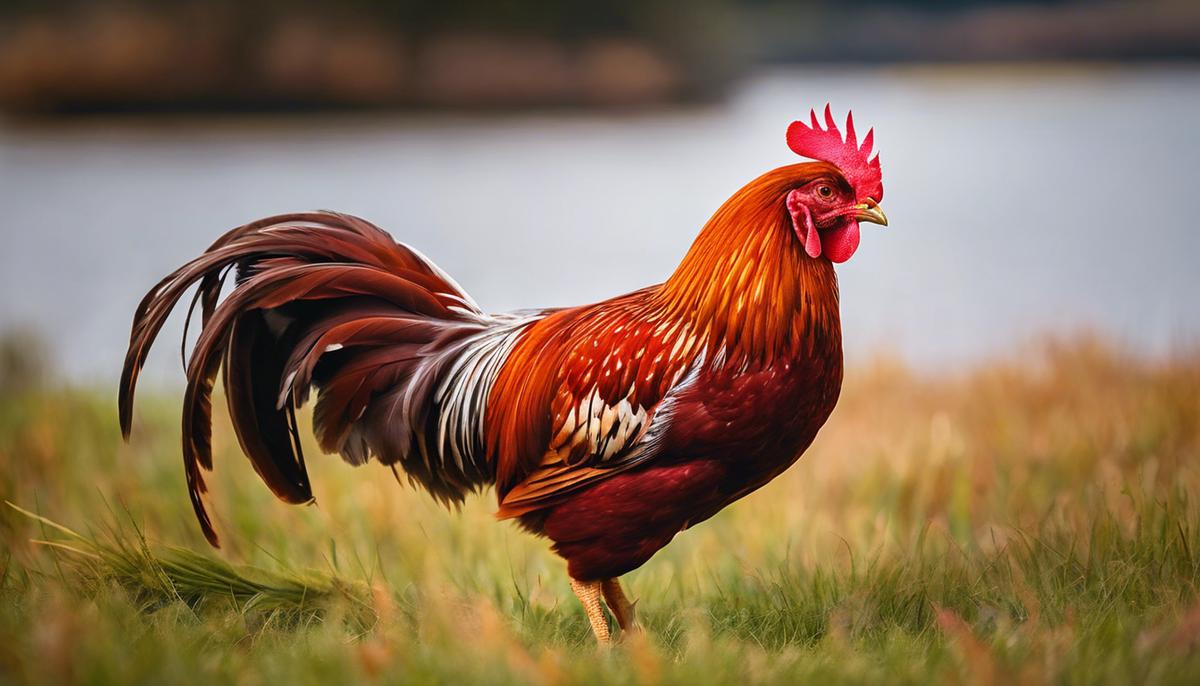
The Wonderful White Leghorn

Best laying chickens for beginners
Plymouth Rock
Wyandottes:
Plymouth Rocks:
Orpingtons:
Australorps:
Rhode Island Reds:
Silkies:
Buff Orpingtons:
Sussex:
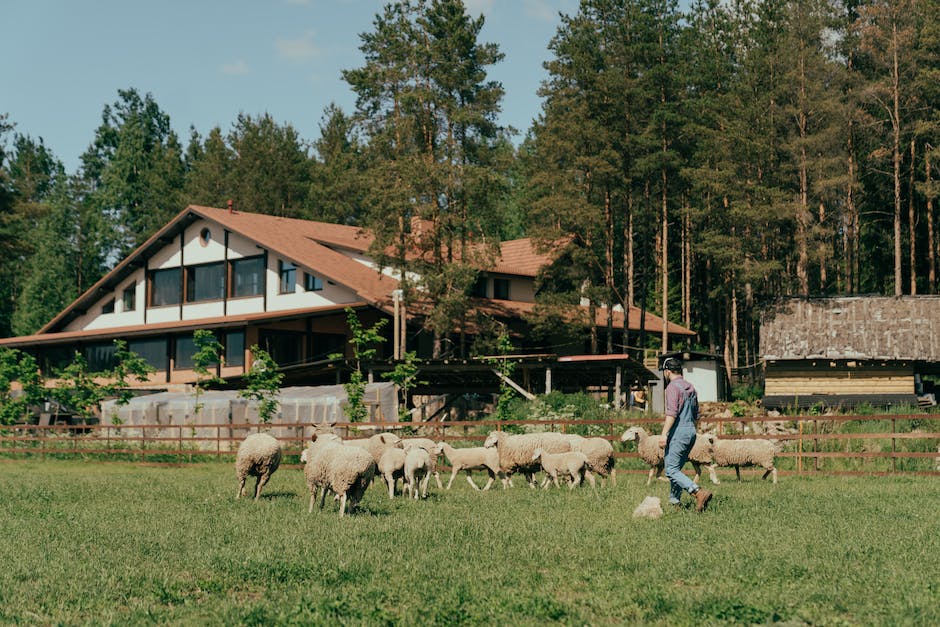
Rhode Island Red

Buff Orpington
